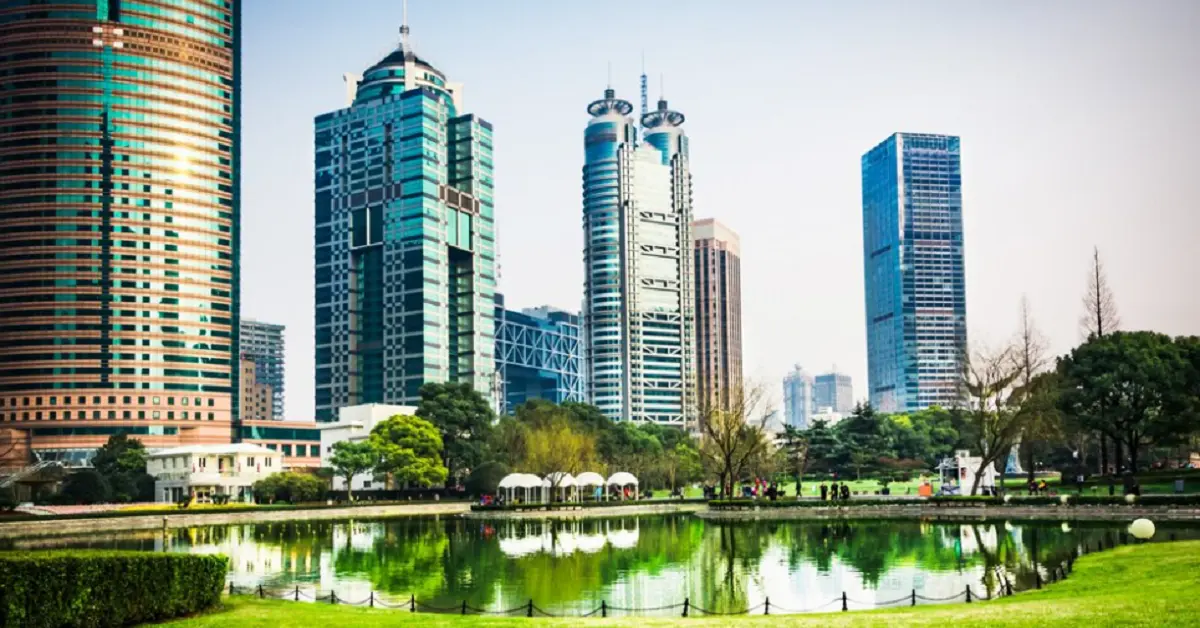Introduction:
Dubai, a city known for its awe-inspiring skyscrapers and futuristic architecture, has redefined the conventional perception of urban landscapes. In a remarkable blend of innovation and environmental consciousness, Dubai has seamlessly integrated towering skyscrapers with lush gardens, creating a harmonious coexistence of nature and modernity. In this article, we explore the captivating synergy between skyscrapers and gardens in Dubai’s modern landscape architecture.. For more information check out best landscape companies in dubai
Vertical Greenery: Bridging the Gap:
Dubai’s skyline, dominated by iconic skyscrapers, is a testament to the city’s ambition and architectural prowess. However, instead of viewing these structures as isolated monoliths, Dubai has ingeniously connected them with nature through the incorporation of vertical greenery. Vertical gardens, featuring cascading plants on building facades, soften the rigid lines of skyscrapers, infusing them with life and color.
The Burj Khalifa, the world’s tallest building, exemplifies this approach. Its exterior is adorned with a vertical garden that not only enhances the building’s aesthetics but also serves as a living, breathing element that contributes to a healthier urban environment. This marriage of steel and greenery is a visual testament to Dubai’s commitment to creating a modern cityscape that respects its natural surroundings.
Sky Gardens: Elevated Oasis in the Concrete Jungle:
Dubai has taken the concept of gardens to new heights – quite literally – by introducing sky gardens within skyscrapers. These elevated oases provide residents and visitors with a retreat from the bustling urban life, offering panoramic views of the city while surrounded by lush greenery. The concept not only adds a touch of luxury to residential and commercial spaces but also contributes to the overall well-being of the community.
The JW Marriott Marquis Dubai, one of the tallest hotels in the world, boasts stunning sky gardens that offer a tranquil escape high above the city streets. Residents and guests can enjoy a serene environment, complete with greenery and water features, providing a stark contrast to the dynamic cityscape below.
Innovative Water Features: Fountains in the Sky:
Water has always been a precious resource in the desert, and Dubai’s modern landscape architecture ingeniously incorporates water features into its skyscrapers. Beyond the traditional ground-level fountains, Dubai’s architects have elevated water features to new heights, creating fountains in the sky that adorn the exteriors of buildings.
The Address Downtown, an iconic hotel and residence, features a mesmerizing water show cascading down its exterior. This innovative use of water not only adds a visual spectacle to the skyline but also serves as a cooling mechanism, contributing to a more comfortable microclimate around the building.
Green Roofs: A Canopy of Sustainability:
Dubai’s commitment to sustainability is evident in its adoption of green roofs as an integral part of modern landscape architecture. Skyscrapers, rather than having barren rooftops, are transformed into verdant spaces that provide numerous environmental benefits. Green roofs help regulate temperature, reduce energy consumption, and mitigate the urban heat island effect.
The Dubai Design District (d3) is a prime example of incorporating green roofs into urban planning. The district features sustainable architecture with lush rooftop gardens, creating a harmonious blend of modern infrastructure and ecological responsibility.
Conclusion:
Dubai’s modern landscape architecture, characterized by the fusion of skyscrapers and gardens, represents a visionary approach to urban development. By seamlessly blending the vertical marvels of modernity with the tranquility of nature, Dubai has created a cityscape that is both breathtaking and sustainable. The marriage of skyscrapers and gardens not only elevates the aesthetic appeal of the city but also enhances the quality of life for its residents. As Dubai continues to evolve, the perfect blend of nature and innovation in its skyline stands as a testament to the city’s commitment to pushing the boundaries of what is possible in urban design.
